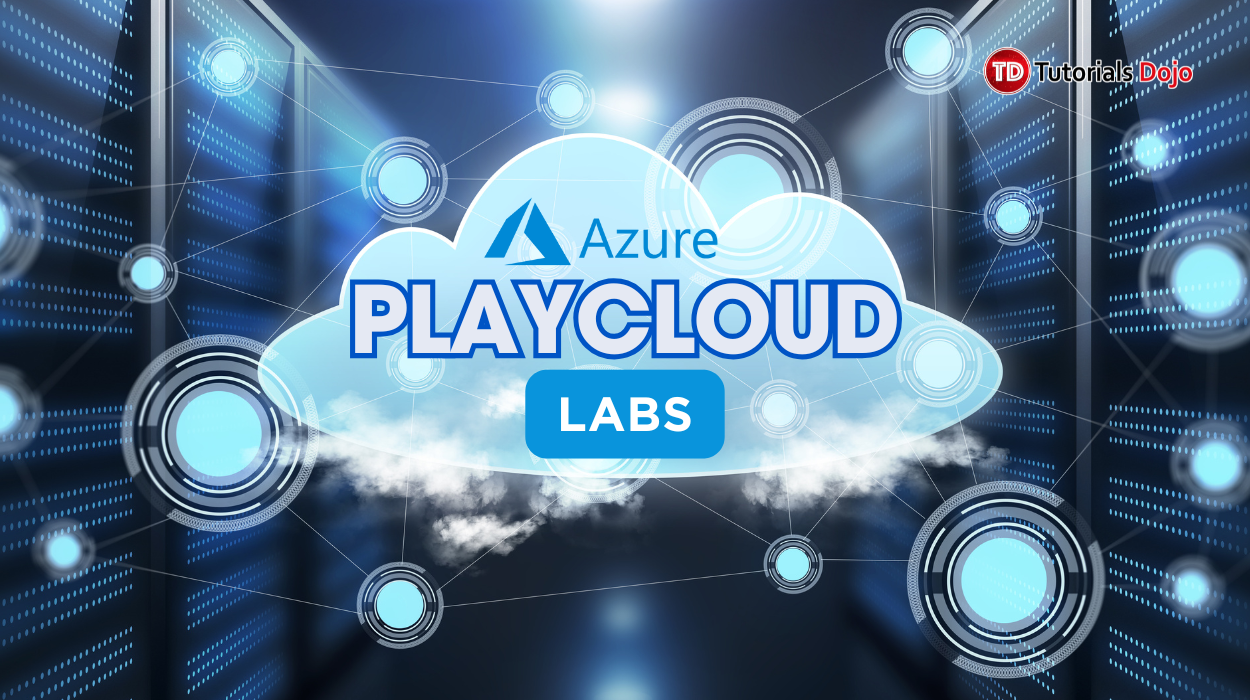AWS Lambda is a great service for running code without worrying about server management. While it traditionally supports languages like Python, Node.js, and Java, AWS now allows you to run code in any language using custom runtimes. In this blog post, I’ll walk you through setting up a C++ Lambda function that calculates the Fibonacci series. We’ll leverage the performance and efficiency of C++ to build a function that runs smoothly and showcases the versatility of AWS Lambda’s custom runtime. The aim of this blog is to guide you through creating and deploying a C++ Lambda function using AWS custom runtime. We’ll: Set up an EC2 instance for our development environment. Compile and package our C++ Lambda function. Deploy and test the function on AWS Lambda. Before we dive in, make sure you have: 1. Launch an EC2 Instance: Edit Inbound Rules: 2. Install Required Packages: Connect to your EC2 instance and run the following commands to install the necessary packages: CMake v.3.5 or later. On Amazon Linux, run the following command: 1. Clone the AWS Lambda C++ Runtime Repository: 1.Create a New Project Directory: 2. Write the C++ Code for Fibonacci Series: 3. Create the CMakeLists.txt: 4. Compile the Function: 5. Package the Executable: To package this executable along with all its dependencies, run the following command: 1. Create an IAM Role: 2. Attach the Trust Policy: Create a file named trust-policy.json with the following content: This should output JSON that contains the newly created IAM role information. Make sure to note down the “Arn” value from that JSON. You need it later. The Arn looks like the following: (paraphrase) “Arn”: “arn:aws:iam::<account_id>:role/lambda-cpp-demo” 3. Create the Lambda Function: 4. Upload the Deployment Package: Choose the fibonacci.zip file generated in the previous steps and click “Save.” 1. Invoke the Lambda Function: Running C++ code in AWS Lambda using a custom runtime gives developers a way to use the performance benefits of C++ in a serverless setup. This guide covered setting up a development environment, writing and packaging a C++ Lambda function, and deploying it on AWS Lambda. These steps enable you to build efficient applications with C++ in the cloud. This approach is practical for tasks requiring high performance and for reusing existing C++ code.
Implementation Steps
Prerequisites
Setting up the EC2 Instance
Add a new rule to allow SSH access:
Type: SSH
Protocol: TCP
Port Range: 22
Source: Specify your IP address (e.g., 0.0.0.0/0 for all IP addresses or a specific IP range).
ssh -i /path/to/your/key.pem ec2-user@your-instance-public-ip
$ yum install gcc64-c++ libcurl-devel
$ export CC=gcc64
$ export CXX=g++64
$ yum install cmake3
Download and Compile the Custom Lambda Runtime
$ cd ~
$ git clone https://github.com/awslabs/aws-lambda-cpp.git
$ cd aws-lambda-cpp
$ mkdir build
$ cd build
$ cmake3 .. -DCMAKE_BUILD_TYPE=Release -DBUILD_SHARED_LIBS=OFF \
-DCMAKE_INSTALL_PREFIX=~/out
$ make && make install
Create Your Custom C++ Lambda Function$ mkdir fibonacci-cpp-lambda
$ cd fibonacci-cpp-lambda
// main.cpp
#include <aws/lambda-runtime/runtime.h>
#include <iostream>
using namespace aws::lambda_runtime;
int fibonacci(int n){
if (n <= 1)
return n;
return fibonacci(n - 1) + fibonacci(n - 2);
}
invocation_response my_handler(invocation_request const& request){
int n = std::stoi(request.payload);
int result = fibonacci(n);
return invocation_response::success(std::to_string(result), "application/json");
}
int main() {
run_handler(my_handler);
return 0;
}
cmake_minimum_required(VERSION 3.5)
set(CMAKE_CXX_STANDARD 11)
project(fibonacci LANGUAGES CXX)
find_package(aws-lambda-runtime REQUIRED)
add_executable(${PROJECT_NAME} "main.cpp")
target_link_libraries(${PROJECT_NAME} PUBLIC AWS::aws-lambda-runtime)
aws_lambda_package_target(${PROJECT_NAME})
$ mkdir build
$ cd build
$ cmake3 .. -DCMAKE_BUILD_TYPE=Release -DCMAKE_PREFIX_PATH=~/out
$ make
$ make aws-lambda-package-fibonacci
Create the AWS Lambda Function
{
"Version": "2012-10-17",
"Statement": [
{
"Effect": "Allow",
"Principal": {
"Service": ["lambda.amazonaws.com"]
},
"Action": "sts:AssumeRole"
}
]
}
$ aws iam create role \
--role-name lambda-cpp-demo \
--assume-role-policy-document file://trust-policy.json
lambda-cpp-demo role.
$ aws lambda create-function \
--function-name fibonacci-cpp \
--role <specify the role arn from the previous step> \
--runtime provided \
--timeout 15 \
--memory-size 128 \
--handler fibonacci\
--zip-file fileb://fibonacci.zip
Test the Lambda Function
$ aws lambda invoke --function-name fibonacci-cpp --payload '5' output.txt
cat output.txt
Conclusion
Exploring C++ with AWS Lambda Custom Runtime
AWS, Azure, and GCP Certifications are consistently among the top-paying IT certifications in the world, considering that most companies have now shifted to the cloud. Earn over $150,000 per year with an AWS, Azure, or GCP certification!
Follow us on LinkedIn, YouTube, Facebook, or join our Slack study group. More importantly, answer as many practice exams as you can to help increase your chances of passing your certification exams on your first try!
View Our AWS, Azure, and GCP Exam Reviewers Check out our FREE coursesOur Community
~98%
passing rate
Around 95-98% of our students pass the AWS Certification exams after training with our courses.
200k+
students
Over 200k enrollees choose Tutorials Dojo in preparing for their AWS Certification exams.
~4.8
ratings
Our courses are highly rated by our enrollees from all over the world.































